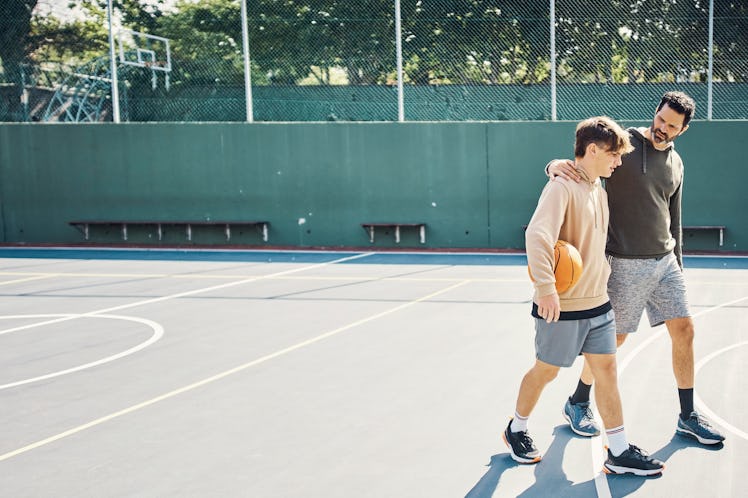30% Of Kids Without Gun Safety Education Pull The Trigger On A Found Gun
Regardless of whether or not you own a gun, talking to your kids about them will keep them safe.

By almost any metric, the United States has a gun safety problem, especially as it pertains to children. For instance, according to a brief on Child and Teen Firearm Mortality in the U.S. and Peer Countries by policy research organization KFF, firearms accounted for 20% of all child and teen deaths in the U.S. for both 2020 and 2021, compared to an average of less than 2% in similarly large and wealthy nations. KFF also reports that firearms contributed to the deaths of more children under the age of 17 in the U.S. than any other type of injury or illness, with the child firearm mortality rate having doubled from 1.8 deaths per 100,000 in 2013 to 3.7 in 2021.
But a new study from researchers at The Ohio State University may provide some insight as to how gun safety education might be able to curb some of these trends by reducing the likelihood of accidental gun deaths.
The study occurred in a lab that researchers set up to look like a playroom, complete with a selection of games and toys, as well as a file cabinet within which were two disabled 9-mm handguns.
The researchers divided 226 children between the ages of eight and 12 into pairs and observed the kids from a separate room, along with the kids’ parents. Nearly all the children eventually found the guns while playing in the room, and of those who did, 53% of them touched the gun, and fewer than a quarter told an adult.
Those results stood in stark contrast to parental expectations. When researchers asked parents informally what their kids would do if they found a firearm, most parents indicated that they thought their kids would report the gun to adults and not touch the firearm.
But researchers found a significant difference in the results between kids who had watched a one-minute gun safety video the week before, compared to those who watched a car safety video. Those who watched the gun safety video were three times more likely to tell an adult they found a gun and were almost half as likely to touch the gun.
Even kids who watched the gun safety video and then touched the firearm were less reckless with it than the group that watched the traffic safety video. “They touched the gun for fewer seconds (42 versus 100), were less likely to pull the trigger (9% versus 30%), and pulled the trigger fewer times (four versus seven times),” the researchers wrote.
In addition to gun safety education, the American Academy of Pediatrics recommends storing firearms locked and unloaded, with ammunition locked separately out of reach and sight of children. And previous reporting from Fatherly suggests that “the best advice is to buy a small biometric safe that only works with your fingerprint instead of one that uses a key or combination” and to invest in trigger locks for each gun.
The blanket advice for parents — regardless of whether or not they are gun owners — is clear: Having conversations with your kids about gun safety can play a significant role in how they respond in the event that they come across an unsecured weapon.